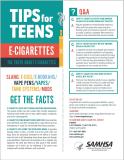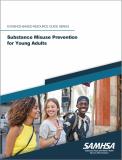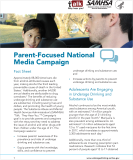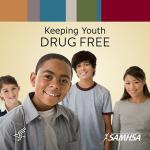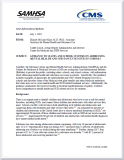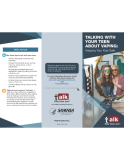
A brochure for parents and caregivers about the risks associated with vaping for teens and the importance of having conversations with their children to help them avoid substance use.
Units per Product
Download
Talk. They Hear You. Talking with Your Teen About Vaping: Keeping Your Kids Safe – Parent Brochure
File Type: PDF
File Size: 899 KB


